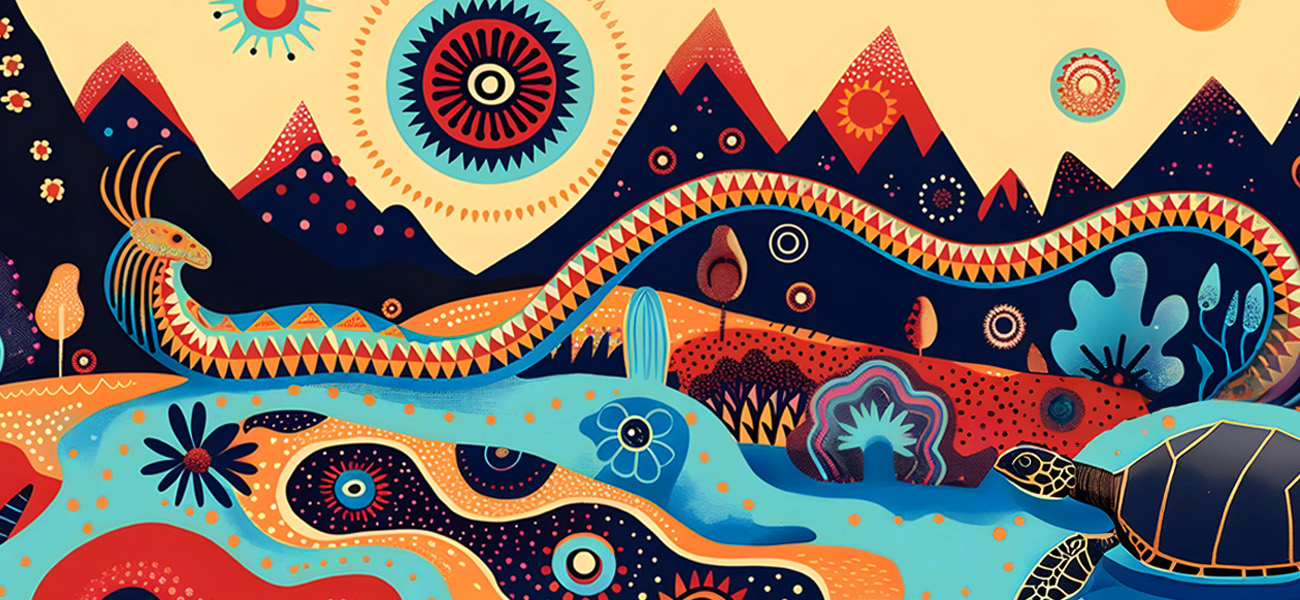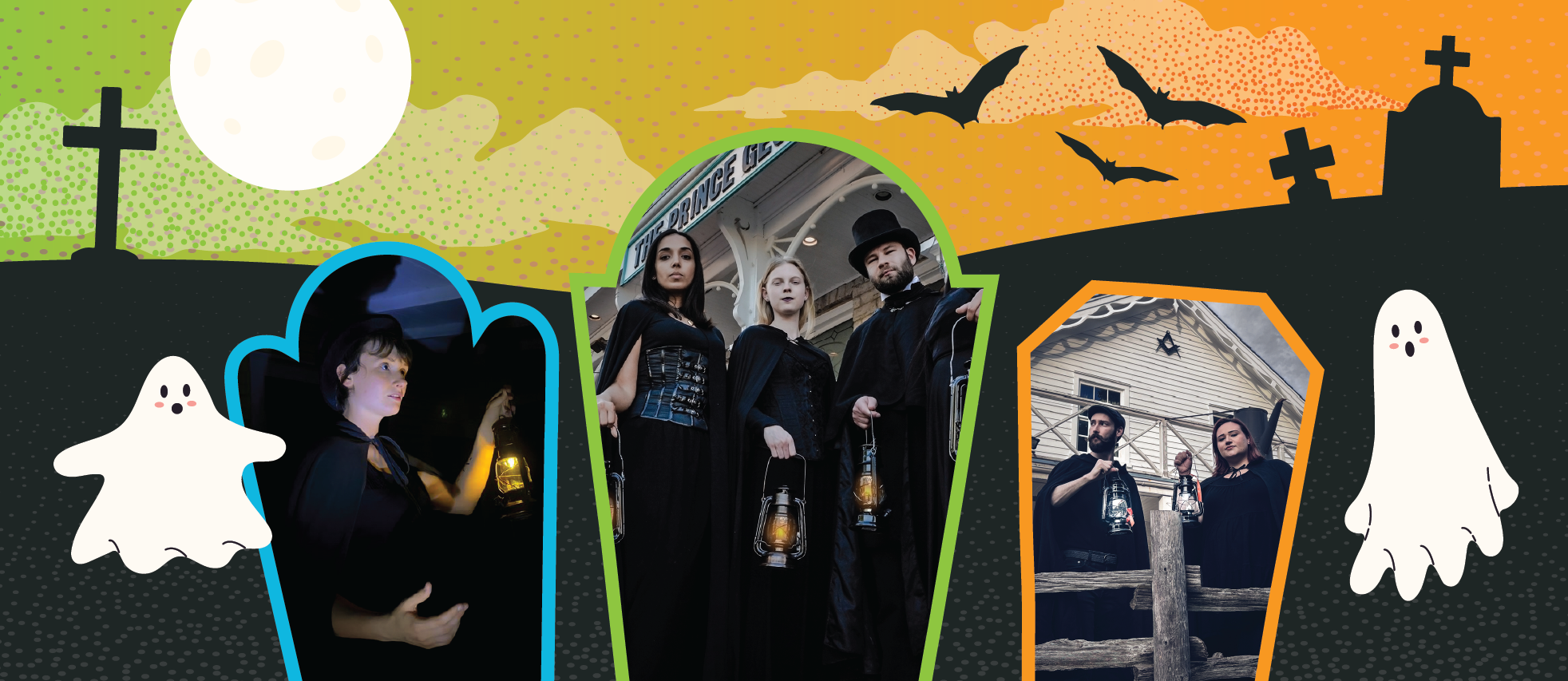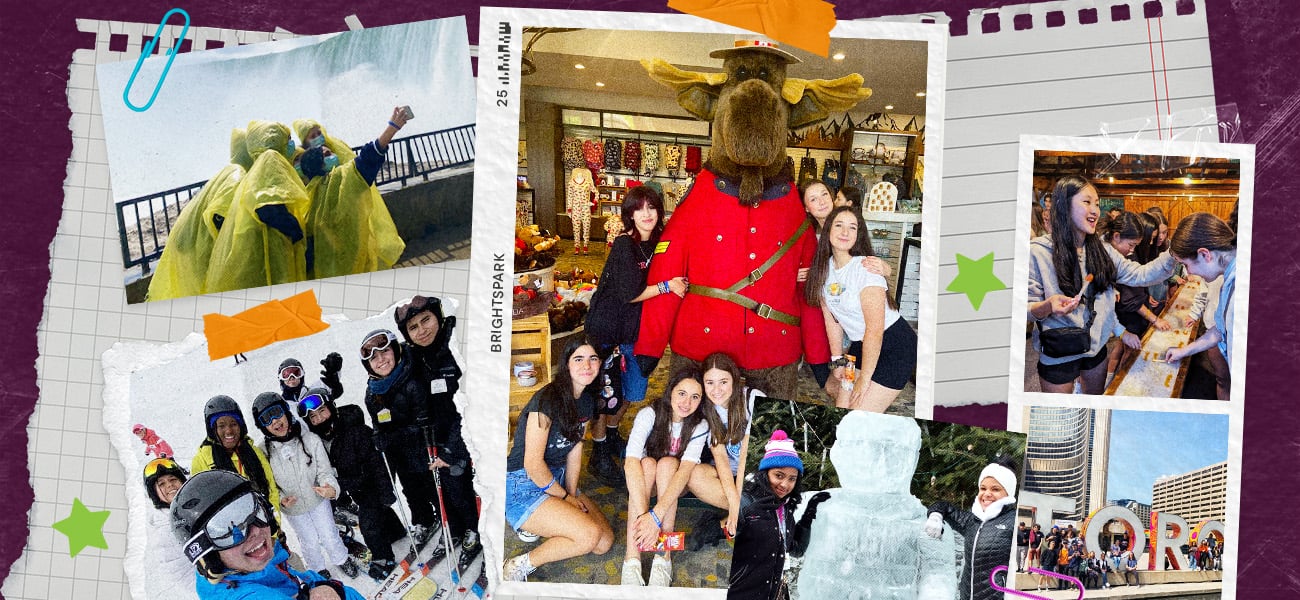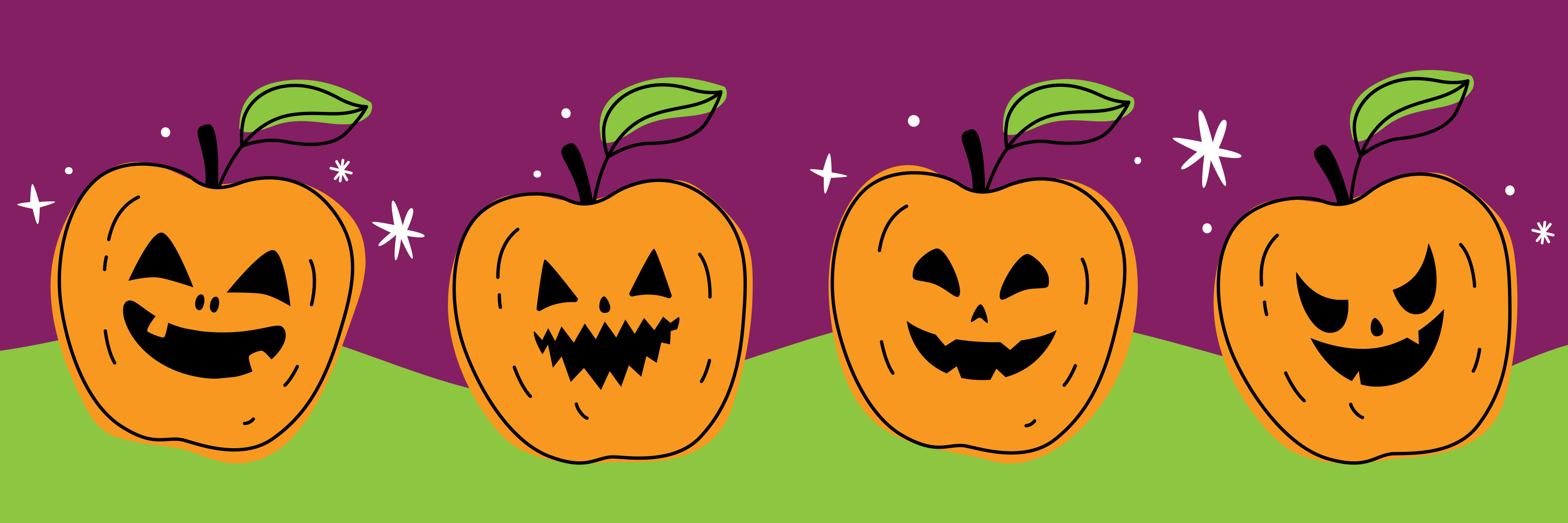Land Acknowledgments have become commonplace at gatherings across Canada, but what do they truly signify? More than just a formality, they hold the key to understanding the profound relationship and history between Indigenous Peoples and the land they inhabit. In this blog, we delve into the power of Indigenous storytelling, its role in cultural identity, and how it supports the journey toward reconciliation.
Storytelling has the unique ability to connect people, bridge divides, and promote healing.
The interconnectedness of all life
Indigenous stories are more than narratives; they are the threads that weave together the fabric of existence. Whether it’s the plants, the soil, or the people, all life on Earth is interconnected. These stories, passed down through generations, teach that we are part of a greater whole—a harmonious ecosystem where every element plays a vital role. Indigenous wisdom recognizes that our well-being is inseparable from the health of the land.
The cultural identities and worldviews of Indigenous peoples are deeply shaped by their relationships with the land. For Indigenous communities, the land is not merely a resource; it is a living entity that sustains life and holds ancestral spirits. As we strive for truth and reconciliation in Canada, understanding and respecting this relationship is crucial.
Activity Idea: To better educate students on the Indigenous perspective, visit the Indigenous Perspectives Education Guide on the Historica Canda Education Portal—there are plenty of resources and activities inside to use in the classroom.
The creation story of Turtle Island
The Turtle Island creation story is a foundational narrative for many Indigenous cultures throughout North America. Although the story varies among different groups, it typically describes the creation of the earth on the back of a giant turtle. According to Ojibwe oral traditions, the story begins with a flooded Earth, where the Creator purified the world of warring peoples to start anew. Nanabush (a central character) then asked the animals to dive deep and bring back soil to recreate the world. In Haudenosaunee (Iroquois) traditions, the story often starts in the Sky World, where Sky Woman falls through a hole in the sky and is safely guided to the turtle’s back by birds. Similarly, the animals work together to gather soil, creating a new world for her to inhabit.
This tale underscores the harmony between all creatures and their collective role in nurturing and preserving Mother Earth.
In the face of centuries of settler colonialism, the modern use of ‘Turtle Island’ has become an act of resistance, symbolizing the reclamation of Indigenous narratives and geographical names. This movement is a crucial part of revitalizing Indigenous cultures across Turtle Island.
To learn more about the significance of Turtle Island in Indigenous cultures, visit this resource here.
Preserving Indigenous knowledge through generations
Watch The Oral Tradition of Storytelling video by kenquiethawk on YouTube.
Indigenous stories are primarily shared through oral traditions, which are deeply rooted in cultural practices and social structures. These stories are passed down during ceremonies, rituals, story circles, and everyday social gatherings, often led by elders or designated storytellers. This approach fosters a strong sense of community, cultural continuity, and identity, allowing knowledge, values, and traditions to be transmitted across generations. Oral storytelling is inherently adaptable, ensuring that these narratives remain relevant by incorporating contemporary issues and new insights.
The preference for oral over written traditions in Indigenous cultures is driven by several factors. Oral storytelling is holistic, engaging gestures, expressions, music, and dance to create a richer, more immersive experience than written texts. It is also more inclusive and accessible to all community members regardless of literacy levels, enabling widespread participation in cultural life. Moreover, oral traditions are dynamic and evolving, with each retelling adding new layers of meaning, keeping them vibrant and relevant. This adaptability and the deep connection to culture and environment make oral traditions a true reflection of Indigenous worldviews.
Activity Idea: If possible, invite Indigenous elders or storytellers to share traditional stories and oral histories with students. You can also check out your local library for a storyteller-in-residence program—here’s one offered by Vancouver Public Library. Alternatively, listen to traditional and creation stories told by six Indigenous storytellers from communities across Canada. Students can record these stories, illustrate them, and compile them into a class book or digital project. Can your students find relevance and meaning in their own lives? What lessons can be learned from hearing these stories?
The role of the trickster
The trickster is a central figure in many Indigenous stories, known by different names across various cultures, such as Glooscap (Algonquian), Wisakedjak (Cree), and Nanabush (Anishinaabe). While tricksters are often seen as cultural heroes, they also embody the role of mischievous pranksters who break rules and disrupt order. Their stories are both entertaining and educational, imparting traditional knowledge about society, culture, and morality. By observing the trickster’s mishaps, mistakes, and occasional greed, Indigenous people learn valuable lessons about navigating life’s challenges while respecting the interconnectedness of all things.
To learn more about the role of tricksters as transformational teachers in Indigenous cultures, explore this resource here.
Storytelling as repair
Storytelling has the power to bridge gaps—whether between generations, cultures, or even different realms. It provides a unique insight into the deep ancestral and spiritual ties that Indigenous peoples have with the land. These stories transcend physical boundaries, weaving together past and present, to foster a strong sense of belonging. When Indigenous voices share their stories, they help mend the fractures caused by colonization, fostering connection, communication, and understanding. By listening to and engaging with these stories, non-Indigenous people can also contribute to the healing process, bridging the divides of the past.
Activity Idea: Spark meaningful conversations about Indigenous storytelling through literature—check out this teacher guide introduction and pre-reading activity to get started. Consider starting a book club to keep the dialogue going throughout the year. And don't forget to explore your local library for suggested reading lists such as the Toronto Public Library “Read Indigenous” List, which provides excellent reading suggestions for both teachers and students.
Honouring Indigenous territories
Land acknowledgments are powerful statements that recognize Indigenous peoples as the traditional stewards of the land. When crafted with intention, accuracy, and meaning, these acknowledgments become a crucial step towards reconciliation, demonstrating respect and raising awareness of the historical and ongoing presence of Indigenous communities.
Here are three key considerations for crafting meaningful acknowledgments:
- Self-reflection: Understand your motivation. Why are you doing this acknowledgment? Is it to inspire action or out of guilt? Define your end goal. What do you hope listeners will do after hearing the acknowledgment?
- Do your homework: Research the Indigenous people to whom the land belongs, the land’s history and related treaties, names of living Indigenous people from these communities, Indigenous place names, and languages.
- Acknowledge the past and present, while also maintaining positivity: Celebrate Indigenous communities and culture, focus on how we can strengthen and empower them, and how recognition can lead to action.
Activity Idea: Engage your students in researching land acknowledgements and collaboratively create a thoughtful statement for the land on which your school or community is situated. Consider practical ways to incorporate this practice, such as a daily acknowledgment over the P.A. system or inclusion in school assemblies. Remember to approach this with care and intention, ensuring it complements rather than substitutes meaningful action.
Rediscover storytelling in the classroom
Storytelling has the unique ability to connect people, bridge divides, and promote healing. Indigenous storytelling, in particular, serves as a vital link to the past, guiding us toward a more inclusive and understanding future. As educators, it’s our duty to foster cultural appreciation, encourage reconciliation, and inspire environmental stewardship.
Activity Idea: Have students select a short Indigenous story and perform it in class, using emotion and body language to enhance the narrative. This is an interactive way to help students understand the concepts more deeply and make learning memorable. Here’s a fantastic resource for teaching storytelling in the classroom.
We invite you to delve deeper into Indigenous narratives—together, we can contribute to healing historical wounds and cultivating reconciliation here on Turtle Island.



![Hunt for Ghosts Across Canada [Classroom Resources]](https://www.brightsparktravel.ca/hubfs/BSCA-2022-Halloween-hero-BLOG.jpg)

![What Even is Hallowe’en? 🎃 [Classroom Resources]](https://www.brightsparktravel.ca/hubfs/halloween.jpeg)
